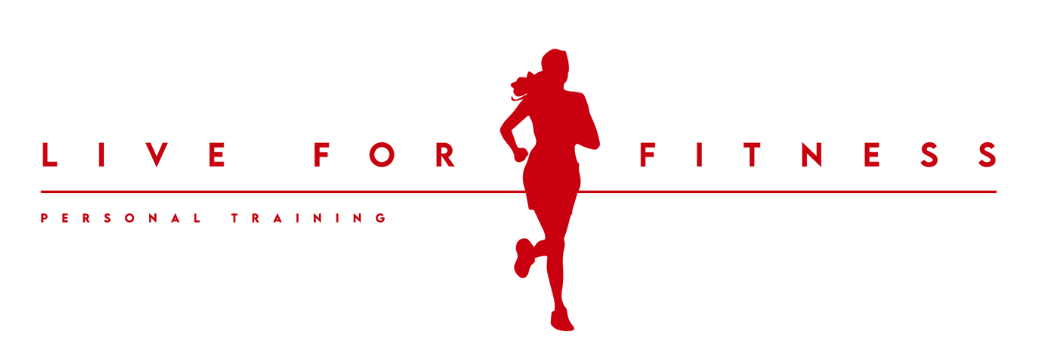Bottoms up, squats – love them or hate them!
There are few exercises that work the body better than squats. This high compound movement hits your quads, glutes, hamstrings, calves, core and back all in one hit.
So what do you need to know to make your squats effective, safe and challenging:
Stand with your feet hip-width apart with your toes angled outward 5 to 15 degrees. This helps the knees stay over the toes and prevents your legs from moving inward, which could put your knees at risk.
Your weight should be in your heels. Test it out: You should be able to wiggle those toes at the top and the bottom of the squat movement.
Keeping your back straight, your shoulders drawn back and your head in neutral. This position should be kept throughout the move to protect your spine.
Inhale before you start and briefly hold your breath as you descend. This increases intra-abdominal pressure to help stabilise your body and the protect that spine.
Send your hips backward first, then follow by bending your knees. This helps concentrate the weight on the heels so you don’t tip forward and lose balance.
Descend slowly, using perfect form and control, until the crease of your hip drops just below your knees.
Exhale and explode up and out, driving through your heels to return to standing.
If you have trouble dropping low, then try taking a wider stance to open your hips, and do hip-centric flexibility work post training to increase your range of motion.
Where your weight is placed, can change the emphasis of the squat: holding a barbell on your back shifts the emphasis to your hamstrings and glutes, when holding it in front-rack position makes it a quad killer. Having dumbbells at your sides distributes the weight evenly throughout your feet, hitting the total leg.
Squat variations for you to try:
Split/Bulgarian squat
One leg squat
Front squat
Back squat
Goblet squat
Dumbbell squat
Wall squat
Pistol squat


